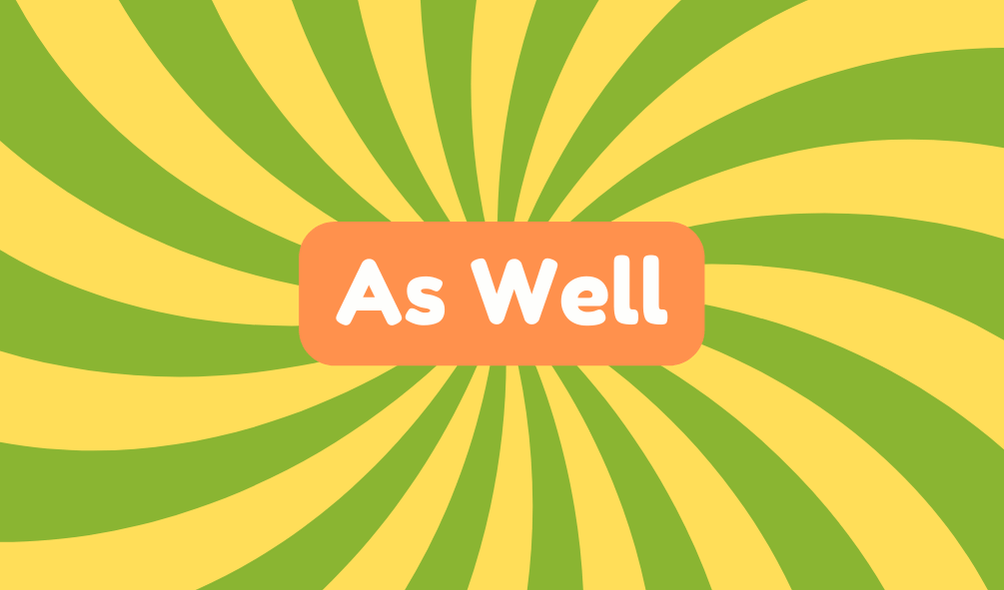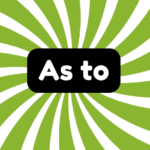The phrase "as well as" indicates addition and inclusion in language. Its origin reflects a simple expression of addition that has evolved into a versatile connector. Used correctly, it clarifies relationships between ideas, as illustrated in sentences like "She enjoys painting as well as drawing." However, excessive use can lead to confusion and diluted meaning. Understanding its proper application is essential for effective communication. Further exploration reveals more about its synonyms and appropriate contexts.
Synonyms
When discussing synonyms for the phrase "as well as," it becomes essential to recognize similar expressions that convey the nuanced meaning of inclusion and addition. Engaging in synonyms exploration can enrich communication. Consider these alternative expressions:
- Alongside
- In addition to
- Together with
These alternatives not only serve to clarify relationships but also provide a dynamic way to enhance writing. It is vital, however, to use these expressions judiciously; otherwise, they may dilute meaning or cause confusion. Innovation in language requires careful selection, ensuring that the intent remains clear and impactful while maintaining coherence.
Example of Sentences
Exploring the practical use of the phrase "as well as" reveals its potential to add clarity and depth to communication. Here are three context examples that highlight its versatility:
- The project requires diligence as well as creativity for successful outcomes.
- He studies mathematics as well as literature, demonstrating a diverse intellect.
- Their discussions covered ethics as well as practical solutions in the workplace.
Comparison sentences often illustrate contrasts, showing how "as well as" bridges ideas. While useful, it can complicate sentences if overused, making it essential to apply judiciously. A balanced approach fosters clearer expressions in various contexts, enhancing overall communication quality.
Origin
The phrase "as well as" has evolved from its origins, landing itself firmly in the domain of everyday language. It began as a simple expression of addition, yet its phrase evolution demonstrates flexibility across linguistic variations. Initially tied to more formal contexts, it has now permeated casual conversation, reflecting a shift in communication norms. This versatility, while enhancing clarity, can lead to confusion among those who overuse it. Critics point out that relying too heavily on such expressions may dilute meaning over time, suggesting a need for mindful application to preserve the integrity of communication in various settings.
Collocations
Collocations play a significant role in enhancing the clarity of language, particularly in the use of phrases like "as well as." This expression can seamlessly connect ideas and convey additional information, yet the challenge arises when inappropriate collocations result in awkward or confusing sentences.
Consider these common collocation pitfalls:
- Mixing informal phrases in formal writing.
- Using "as well" incorrectly in place of "also."
- Overusing phrases leading to redundancy.
Understanding collocations with examples aids significant communication. However, recognizing common collocation errors is essential to guarantee language remains innovative and clear, free from ambiguity and misinterpretation.
How to Use in Everyday Language
Using phrases like "as well as" or "as well" effectively can greatly improve everyday communication. To guarantee clarity in various settings, here are some practical tips for using these expressions in common scenarios:
| Scenario | Usage Example |
|---|---|
| Shopping | "I need apples as well as oranges." |
| Work | "The report is complete, as well as the presentation." |
| Social Gathering | "She invited her friends as well as family." |
| Learning | "He studies math as well as science." |
Why Is It Still Relevant Today?
Why does the phrase "as well as" continue to hold significance in today's language? Its current usage reflects a versatile tool in communication, blending seamlessly into both casual and formal contexts. As language undergoes constant evolution, this phrase maintains its relevance by illustrating inclusion and equivalence. Many individuals benefit from its ability to convey complex relationships succinctly, yet some may misuse it, leading to confusion. Critics argue that overreliance on such phrases can stifle linguistic creativity. Nevertheless, "as well as" remains a powerful addition to the lexicon, embodying the delicate balance between tradition and innovation in contemporary discourse.







